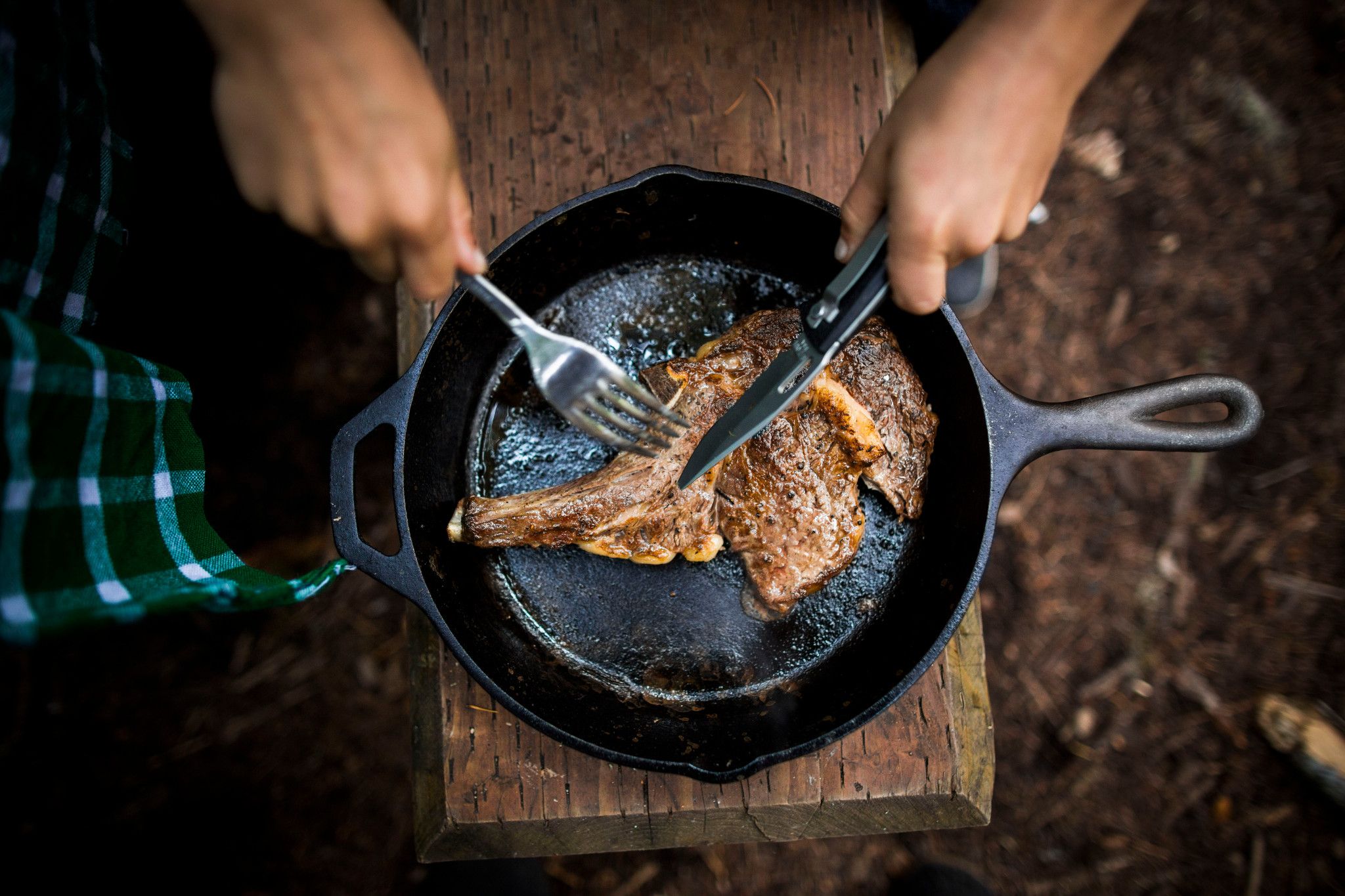Benefits of Smoke Flavourings
Using smoke flavourings in food production has a range of benefits. In fact, in most cases, it is the safest, most sustainable and cost-effective way to manufacture globally popular, smoke-flavoured foods.
When compared to traditional smoking, the production of smoke flavourings:
Reduces CO2 emissions
The production of smoke flavourings reduces up to 83% of CO2 emissions, compared to traditional smoking.
Reduces energy consumption
The production of smoke flavourings reduces energy consumption by approximately 33%-40%.
Reduces water consumption
The production of smoke flavourings reduces water consumption used while smoking and for clean-up by 92%.
Eliminates the risk
Environmental benefits of smoke flavourings
Dust, carbon monoxide, polycyclic aromatic hydrocarbons (PAHs), organic acids, nitrogen oxides and, most importantly, total volatile organic compounds have been identified as pollutants associated with smokehouses. Smoke flavourings, however, are created using heat, water, wood and filtration, using a closed system where the smoke is condensed in liquid form and filtered over several stages, resulting in significantly lower emissions.
Moreover, during traditional smoking, a portion of the smoking ingredients condenses on the walls of the smoking chamber. These tar-like layers are removed with hot water and an alkaline cleaning solution. This water is then highly contaminated and needs to be disposed of separately. By contrast, regenerated smoke does not contain tar or ashes, so the purified smoke chamber requires only minimal cleaning, with a low volume of water and alkaline solution.
Producing smoke flavourings also reduces the demand on the world’s natural resources as they are made using dried sawdust which is a by-product from the lumber industry. No wood needs to be specifically grown, logged or burned to create smoke flavourings.
When looking at the Best Available Techniques for the Food, Drink and Milk Industries*, with regards to the prevention and/or the reduction of emissions and the impact on the environment in 2019, the European Commission’s Joint Research Centre (JRC) estimated that this alternative method of smoking:
Reduces
%
CO2 emissions
Reduces
%
Water consumption
Reduces
%
Wastewater
Reduces
%
Energy consumption
Consequently, smoking foods using smoke flavouring primary products was deemed by the EU JRC in 2019 to be a Best Available Technique* to prevent and reduce environmental pollution and the impact on the environment as a whole.
Consumer benefits of smoke flavourings
Consumer safety is the most important consideration for the flavour industry and, today, authorised smoke flavourings are safely used in many food products in Europe. They allow for a healthier alternative to traditional smoking, giving consumers a high-quality product without compromising on taste.
The key health benefit is that foods made using smoke flavourings do not contain already identified contaminants such as tars and ash. These substances naturally occur during the smoking process. However, as smoke flavourings go through a purification phase, these contaminants are removed from the final product.

Manufacturing benefits of smoke flavourings
As well as the range of environmental benefits listed above, producing food using smoke flavourings also improves business efficiency and product quality.
Applying smoke flavourings takes a lot less time than traditional smoking, shortening the total smoking time from 5 or more hours to less than 20 minutes in most cases. This means manufacturers can maintain or improve product yield. With a few exceptions, manufacturers that use smoke flavourings can attain more consistent flavour and more robust brown and amber smoking tones through regenerated smoking.
The shortened cook cycle also allows for manufacturers to make more products for their customers, while maintaining the same plant footprint and personnel. This more consistent and controlled process also leads to fewer rejected products, thus leading to less food waste. Foods produced with smoke flavourings are therefore highly cost-efficient and these savings can be passed down the supply chain, providing consumers with more affordable choices.
Manufacturers using traditional smoking methods can also benefit from retrofitting existing smokehouses to use regenerated smoke at their facility. Across the smoke flavourings industry, it is common for manufacturers to install these atomisation systems and control panels so that large capital expenditures, and waste of perfectly usable ovens, does not take place.
The only viable alternative
Finally, it’s worth noting that smoking with regenerated smoke by using smoke flavourings is the only alternative to traditional smoking – there is no other solution on the market. If smoke flavourings were not available, food manufacturers who are using regenerated smoke to produce everything from processed meats to fish and cheese, would need to convert back to traditional smoking, which could negatively impact consumers’ health, the environment and the food supply chain. In addition, SMEs which are smoking their products with regenerated smoke will not be able to switch to traditional smoking because of high cost and/or local regulations around emissions.
Download the infographic about smoke flavourings
Smoke flavours have been used to improve the safety, flavouring, and other organoleptic characteristics of food dating as far back as the Roman Empire. Today, Smoke Flavouring Primary Products (SF PPs), also known as liquid, purified or condensed smoke, serve as an alternative tool to the conventional smoking of foods…